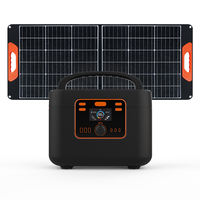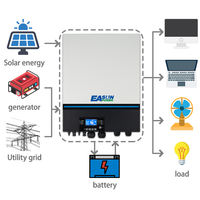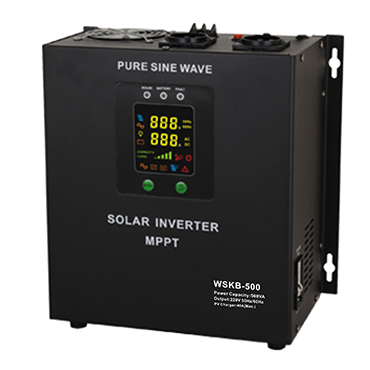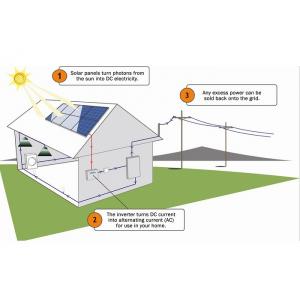The Longevity of Solar Inverters What You Need to Know
The Longevity of Solar Inverters: What You Need to Know
Understanding Solar Inverters

Solar inverters play a crucial role in solar energy systems by converting the direct current (DC) generated by solar panels into alternating current (AC) that can be used in our homes and businesses. They are essential for the functionality of any solar energy setup, making their performance and lifespan significant points of focus for homeowners and investors alike.
Average Lifespan of Solar Inverters
On average, solar inverters last between 5 to 15 years, depending on various factors including the type of inverter, environmental conditions, and maintenance. There are primarily three types of solar inverters: string inverters, microinverters, and power optimizers, each with varying expected lifespans. String inverters typically last around 5 to 10 years, while microinverters and power optimizers can last upwards of 10 to 15 years with proper care.
Factors Affecting Inverter Lifespan
several factors can influence the longevity of solar inverters. Environmental conditions are a primary concern; extreme temperatures, humidity, and exposure to dust can negatively impact the inverter's performance. Additionally, the quality of the inverter itself plays a significant role. High-quality components are designed to withstand stress and operate efficiently over time. Proper installation and regular maintenance can also extend the lifespan, ensuring the inverter functions optimally.

Benefits of Choosing Quality Products
Investing in high-quality solar inverters can provide significant long-term savings. While they may come with a higher upfront cost, their durability can offset costs related to repairs or replacements in the future. When selecting an inverter, look for brands that offer warranties of 10 to 25 years, signifying confidence in their product longevity. Longer warranties usually mean the inverter is made of more resilient materials, ensuring a better return on investment.
Signs Your Inverter Needs Repair or Replacement
Being proactive about your solar inverter’s health can help you avoid unexpected costs. Some warning signs that indicate your inverter may need repair or replacement include continuous error messages on the display, a significant drop in energy production, or physical damage to the unit. Regular monitoring and maintenance can help detect these issues early, allowing homeowners to take action before it leads to more severe damage.
Conclusion: Maximizing Your Solar Investment
In summary, understanding the lifespan of solar inverters is essential in maximizing your solar investment. With an average lifespan ranging between 5 to 15 years, it pays to choose high-quality models and perform regular maintenance checks. By being mindful of environmental impacts and keeping a close eye on performance, homeowners can ensure that their solar inverters last as long as possible, ultimately reaping the financial and environmental rewards of solar energy for years to come.

